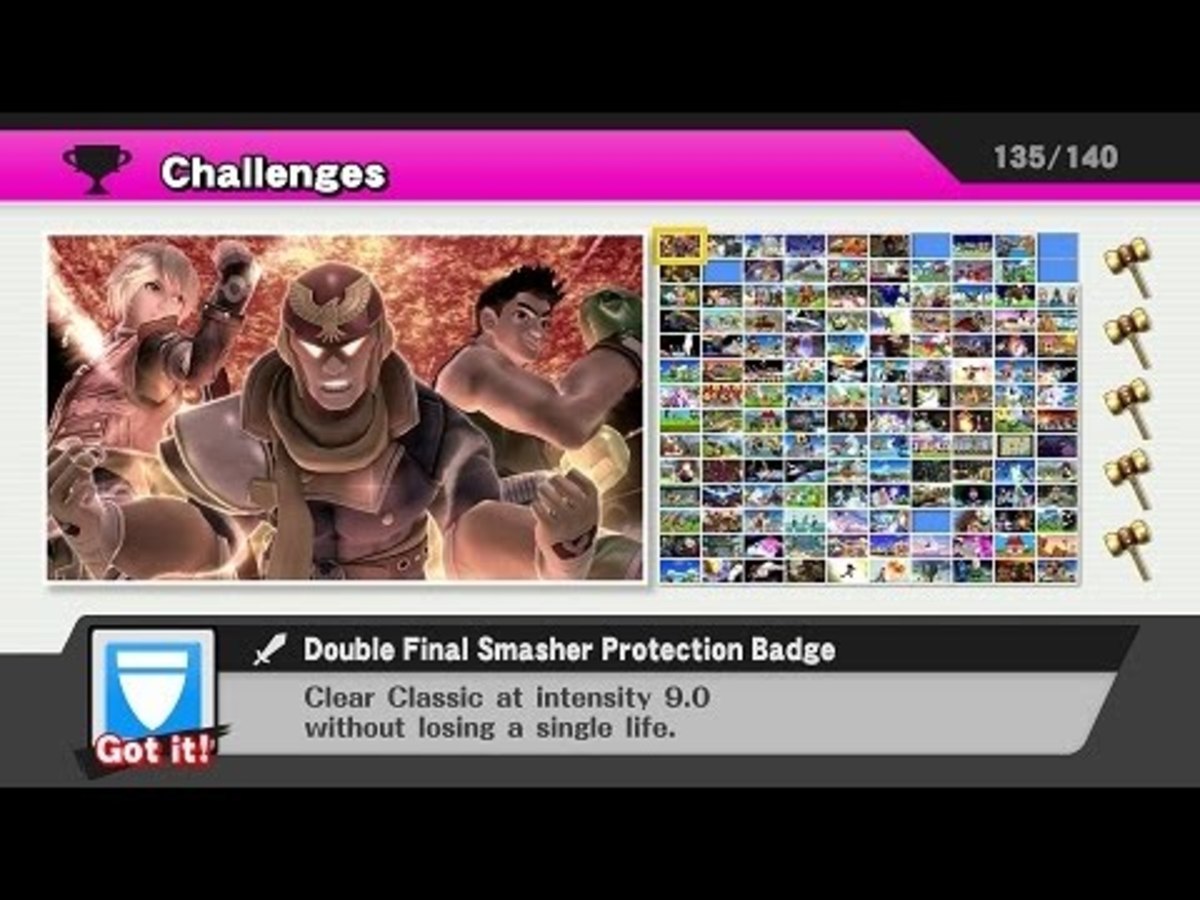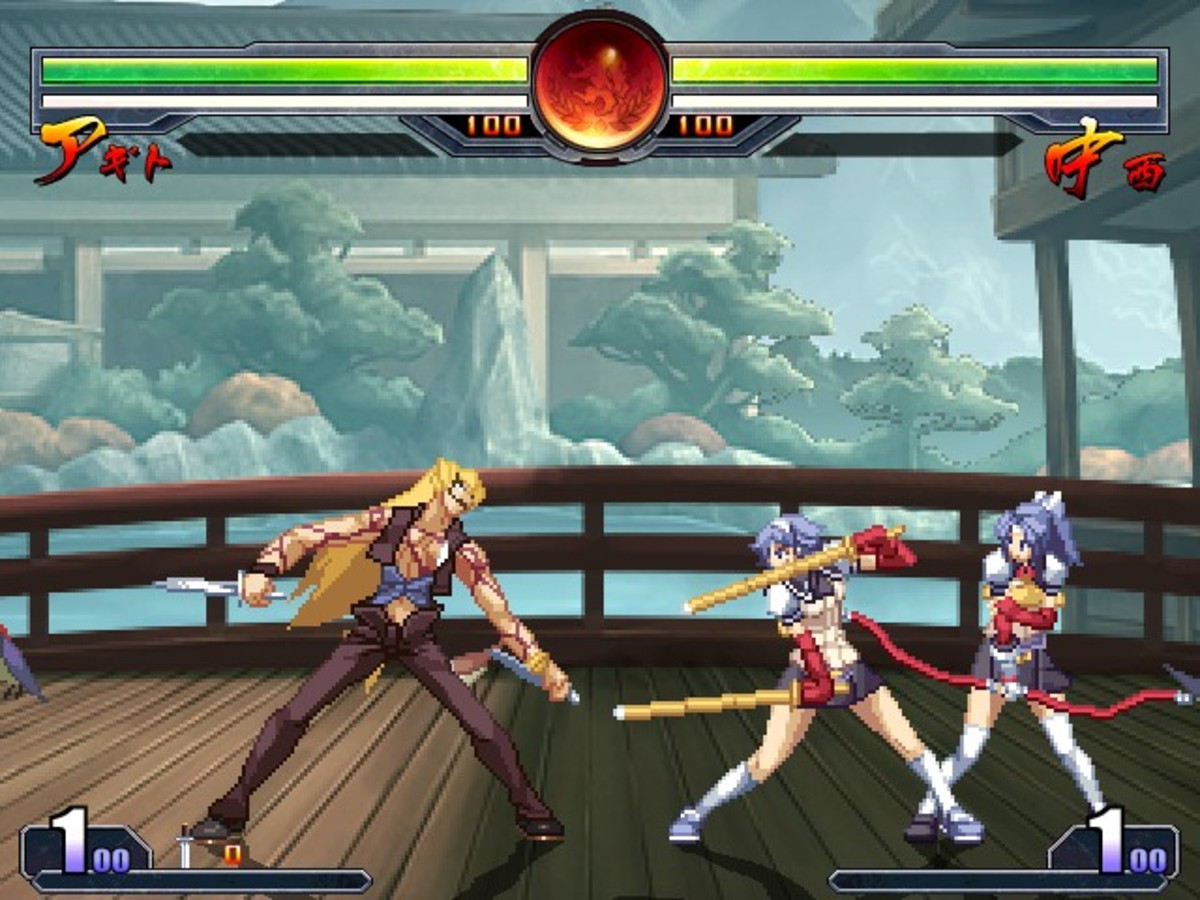Dragonball Z: Battle of Z - Review
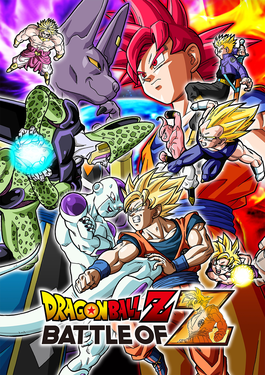
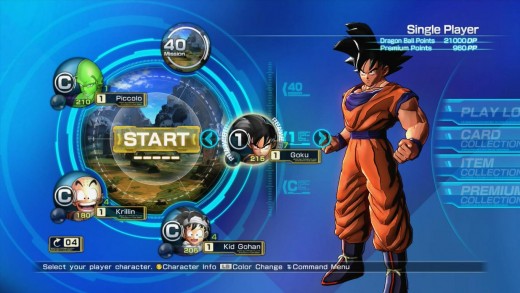
Since the Playstation 2 era the Dragonball Z franchise has enjoyed a pretty successful series of video games. Granted, they've remained a niche fighting option; only of interest to those who are at least familiar with the anime/manga series but have proved entertaining nevertheless. Admittedly, many of the instalments in the Budokai and Tenkaichi series were more expansion packs than they were outright sequels, but still managed to remain faithful to the source material.
In contrast, this latest addition to Dragonball Z's stable of games makes some significant changes to the typical fighting formula. For one thing, Battle of Z expands the usual one-on-one fighting system to now encompass four players. Prior to starting a match you're required to select a team, with each character having access to a different array of skills.
What's more, each character has a different class, much like an RPG, making them better suited to different situations. Melee and Ki Blast types are your close-range and long-range fighters respectively, whilst Support and Interfere types provide a variety of different skills, ranging from healing through to temporarily stunning the opponent. At a glance it seems like an interesting, albeit slightly unoriginal, battle system. In many ways, fights play out more like an RPG than a traditional fighter, with "tanks" drawing enemy aggression whilst your long range fighters pummel the opponent with damaging attacks.
Unfortunately, what developers Artdink didn't consider is how these elements would tie in with the signature fighting mechanics that the previous games had. For one thing, battles are incredibly dull. Given that there's usually eight fighters on the battlefield, levels are understandably rather large in order to accommodate all of the action. In reality though, this just means that you'll have a long, boring trudge in store whenever you kick a character halfway across the screen.
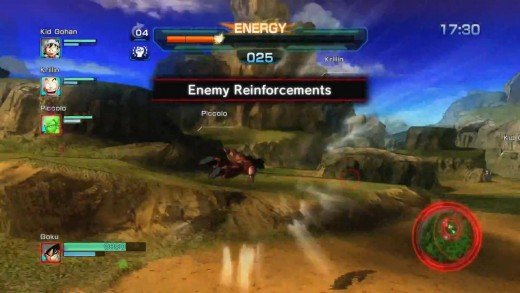
Similarly, the actual fighting mechanics are reduced to a maximum of three buttons. Mashing Y will unleash a torrent of kicks and punches, whilst the left and right triggers access each character's two special moves. What happens is, after around five fights, you've essentially experienced all the depth the actual combat as to offer.
Your teammates aren't likely to help you either. It's possible to string together attacks with other characters, turning the battlefield into a giant pinball machine as you bat the sorry enemy around like a ragdoll. This isn't likely to happen though, since the A.I. is simply incapable of doing anything beyond get punched and maybe spam a specific move for five minutes. The fact that the game doesn't give you any orders to issue your team with just makes co-coordinating the different characters in a fight all the more frustrating.
It's not as if the RPG elements save the game either. For some incredibly bizarre reason the game allows you to take the same character multiple times in the same fight. If you're particularly a fan of Dragonball Z's shouty, punchy lore this is bound to rub you up the wrong way. Seeing four Gokus take on four Vegetas just looks daft, especially when you're actually playing through the story mode, which gives no explanation as to how certain characters have inexplicably cloned themselves.
What's even worse though is how this character duplication actually breaks the game's combat. By having different classes, in theory, the game encourages you to build a balanced team. However, since you can simply take multiple versions of the best character all that balancing is for nothing and reduces strategy to simply picking the strongest character four times over.
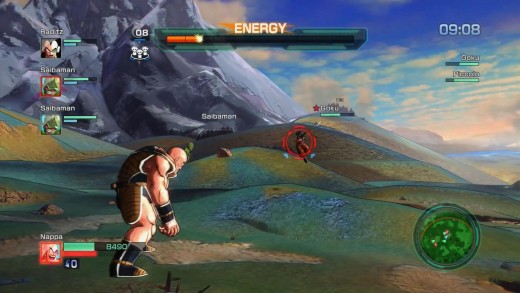
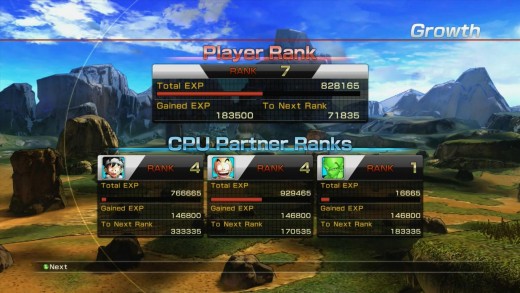
In order to appear more deep than it actually is, the game also has a stat system which allows you to equip characters with upgrade cards in order to improve their performance. Not only is it an incredibly shallow system (give melee characters strength boosts, support characters support boosts) it's also a frankly soul-crushing experience to navigate. You can spend ten to fifteen minutes fiddling through the menus for every missions that you play. And, if you're playing chronologically through the story, certain characters are selected for you for each level, meaning you have to mess around shifting all of those stat cards about for each and every fight.
It goes without saying that Battle of Z has been geared towards multiplayer. There's even a bizarre mini-game that allows you to "give energy" in order to power up some gigantic spirit bomb which helps other players, although the entire system, or its function, isn't very well explained. Even if you take multiplayer as the focus though, you're still left with a broken team-building system and shoddy combat mechanics. Perhaps the worst sin that Battle of Z commits though is its disregard for Dragonball Z. The entire combat system almost feels as if the characters could have been drafted in from any other fighting game or anime franchise and be made to fit here. The fact that in-battle character transformations, one of the series' most iconic elements, have been stripped out, only goes to highlight this flaw even further.
Battle of Z throws up a few potentially interesting ideas and then proceeds to do essentially nothing with them. In many cases it manages to tread on its own feet, crafting a team-building element only to make it completely obsolete by allowing you to take the strongest characters multiple times. It's possible that four-on-four team battles are something that Dragonball Z games could do well, especially with the series' packed character roster. Battle of Z however, fails at that task.
Dragonball Z: Battle of Z was released, in the UK, on January 24th for Xbox 360, Playstation 3 and Playstation Vita.
This review is based on the Xbox 360 version.
© 2014 LudoLogic

